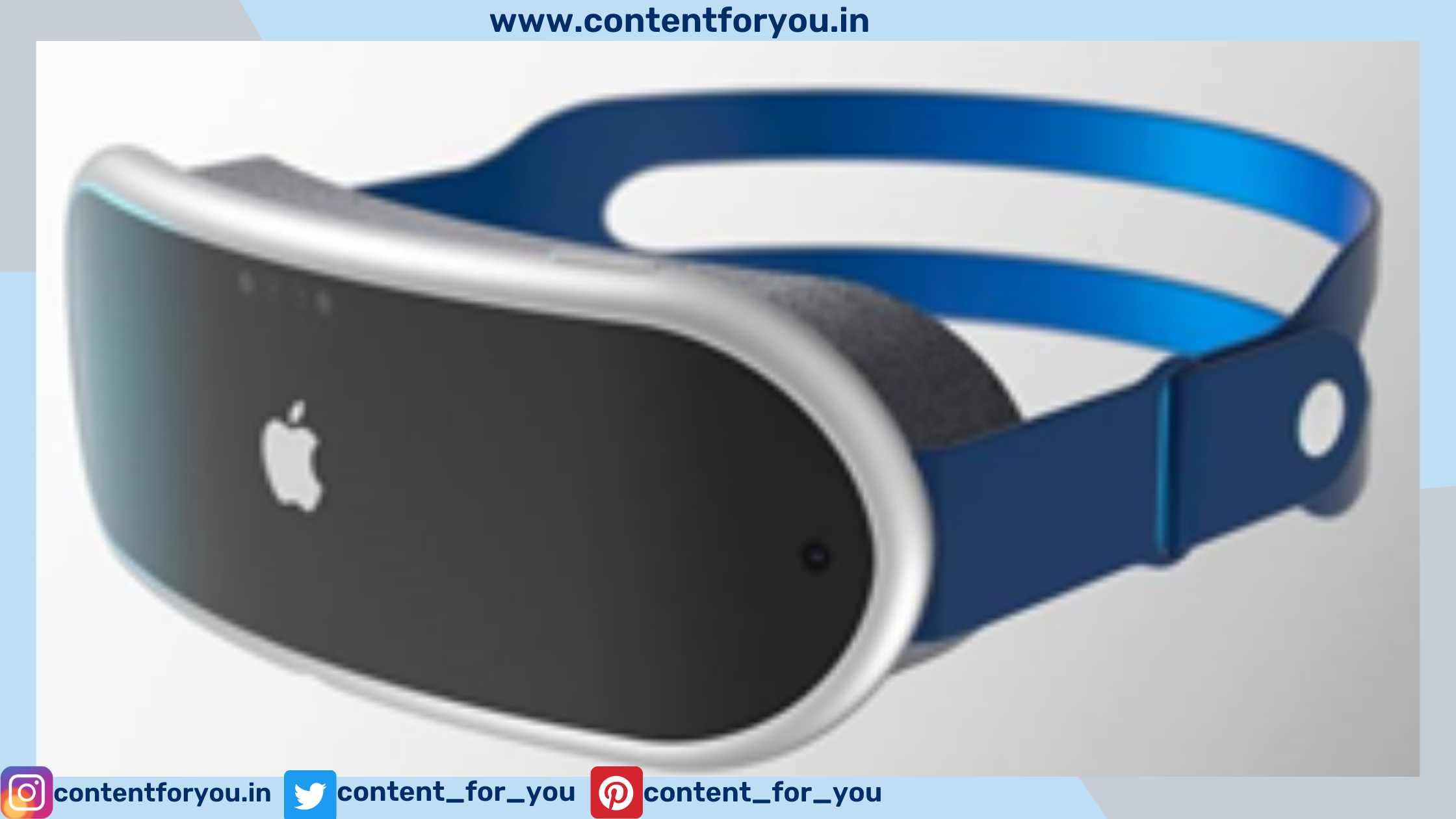Speculation about an Apple AR (augmented reality) or VR headset has been going around for a while, and now it appears to be true: In late 2022, it should be out.
At the very least, that’s what Ming-Chi Kuo (an analyst known for his frequent leaks about Apple) claims in a report obtained by MacRumors.
Both AR (augmented reality) and VR (virtual reality) will be featured in this headset. There are speculations that this headset will be powered by the same chipset we’ve seen in the most recent MacBooks and iPad Pro 2021.
The Apple VR headset might theoretically be even more powerful than the iPhone 14, which is expected to be released around the same time.
Expected Features Of Upcoming Apple’s AR Headset
According to Kuo, the device will be able to function without the use of an iPhone or a Mac because of its high processing power and the inclusion of a second, lower-end CPU for the sensors. Due to the vast number of sensor-related elements, it appears that a secondary processor is required.
Expected Release Date Of Upcoming Apple’s AR Headset
While we’d caution against taking Kuo’s allegations at face value, the late 2022 release date claims are consistent with other sources. After predicting a release date of sometime next year, Kuo has now revealed further technical details about the headset.
Some Technical Details Of Upcoming Apple’s AR Headset
“The same amount of computational power as M1” will power the headset’s main processor, while a lower-end chip will be used to process sensor data.
“At least 6-8 optical modules to simultaneously provide continuous video see-through AR services” is what Kuo says the headset has. OLED microdisplays from Sony are also alleged to be on board.
“Mac-level” computational power, the headgear’s ability to run untethered, and its vast range of applications are all features that differentiate the headset from its competitors, according to Kuo.
There have been conflicting claims on whether the device will be completely independent or reliant on an iPhone to broadcast content.
“If the AR headset is positioned only as an accessory for the Mac or iPhone, it will not be conducive to the growth of the product,” writes Kuo. “The AR headset is a standalone platform.” For the most full and versatile user experience, an AR headset must be able to operate autonomously.”
Expected Price Of Upcoming Apple’s AR Headset
In terms of price, our primary concerns are that the device would cost upwards of $3,000 (approximately £2,250 / AU$4,200) based on an earlier report. $3000 is equal to ₹2,24,839.50.
Read Kuo’s Statement About Upcoming Apple’s AR Headset In Detail
Kuo’s statement appears to be more of an MR headset or glasses rather than merely an augmented reality headset or glasses. Currently, the Quest 2 is a virtual reality headset, but it may also be used for augmented reality because of its cameras. Exactly as Kuo has described it, in fact.
The Quest 2’s 110-degree FOV is a welcome improvement over the finest AR headsets and glasses, which only provide a 55-degree FOV. For input, it also makes use of the camera to provide users with six degrees of freedom and track their hands and fingers in real-time.
While Apple tries to disguise the fact that its AR, or rather MR headset, has cameras, some would argue that they are simply TOF sensors, but a camera is still required to operate a TOF sensor. So that consumers don’t become sick while playing, you need high-quality and quick cameras and fast processing of camera data.
Moreover, if Apple plans to use a person’s hand and finger movement to aid in input processing, as a result, Apple’s headgear of glasses will have a camera.
Saying the Quest has a terrible user interface suggests to me that Fitzgerald has never actually used it. Especially if you can navigate the interface with your hands and fingers, in the vein of the film Minority Report, one could say.

